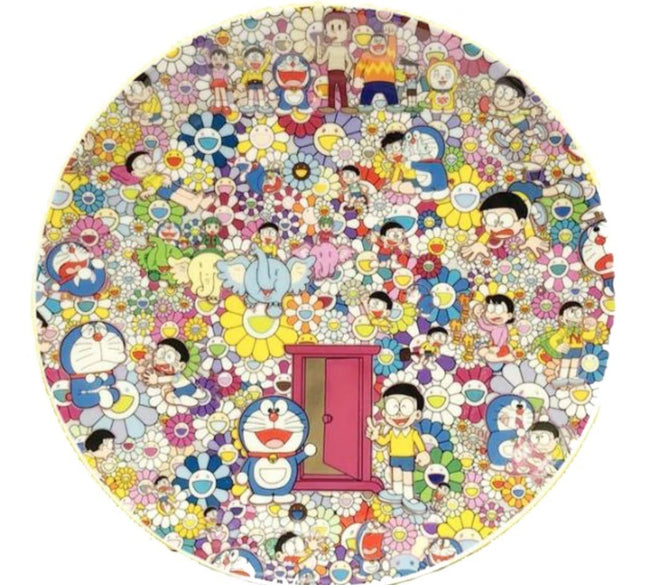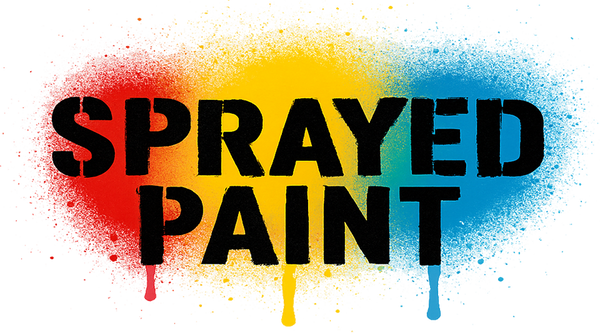
Flowers & Plants
-

Takashi Murakami TM/KK Doraemon Exhibition Tokyo Archival Pigment Plate by Takashi Murakami TM/KK
Doraemon Exhibition Tokyo Plate Limited Edition Archival Pigment Print Art on Ceramic Plate Artwork by Famous Artist Takashi Murakami TM/KK. 2017 Limited Edition Size 9" Collectible Art Plate Takashi Murakami's Intersection of Traditional and Pop Culture Takashi Murakami, a renowned artist whose work has consistently blurred the lines between fine art and pop culture, created a piece for the Doraemon Exhibition in Tokyo that captures the essence of this fusion. The exhibition piece, a limited edition 9-inch ceramic plate, features Murakami's signature style, often incorporating brightly colored anime and manga characters into traditional artistic formats. Artistic Elements and Cultural Influence Murakami's work on the Doraemon Exhibition plate is an archival pigment print that brings street pop art's vibrancy to the ceramic medium. This artwork stands out for its amalgamation of characters from the popular Japanese series 'Doraemon' with Murakami's distinctive flower motifs and designs. The characters are set against a backdrop of many flowers, creating a complex, eye-catching pattern that represents Murakami's exploration of contemporary Japanese society and otaku culture within the context of historical artistic practices. Murakami's Unique Style and the Art World Murakami's approach often involves a dialogue between different cultural elements, combining traditional Japanese artistic techniques with the mass appeal of anime and manga. His method is rooted in the "Superflat" concept, which he coined to describe the cultural commentary embedded in his artworks. This style is evident in the Doraemon Exhibition plate, where the flattened pictorial plane and the juxtaposition of characters suggest a deeper narrative on the influence of pop culture in our lives. Pop Art, Street Art, and Their Confluence By incorporating elements of street pop art and graffiti artwork into his ceramic plate design, Murakami contributes to the ongoing conversation about the validity and importance of pop culture in the art world. He elevates the perception of animated characters by placing them within the context of 'high art,' challenging preconceived notions about the value and meaning of pop and street art. Collectibility and Murakami's Global Impact The Doraemon Exhibition plate is a piece of art and a collectible item that has garnered attention from art collectors and enthusiasts worldwide. Murakami's ability to traverse the line between art and commodity has made his works highly sought after, and pieces like the Doraemon plate continue to shape the landscape of contemporary art collecting. Through these collectibles, Murakami has left a significant mark on global art culture, influencing new generations of artists and collectors alike. This Doraemon Exhibition plate by Takashi Murakami is a testament to the transformative power of pop culture within the art world and its ability to create new dialogues and understandings across different mediums and cultural backgrounds.
$541.00


